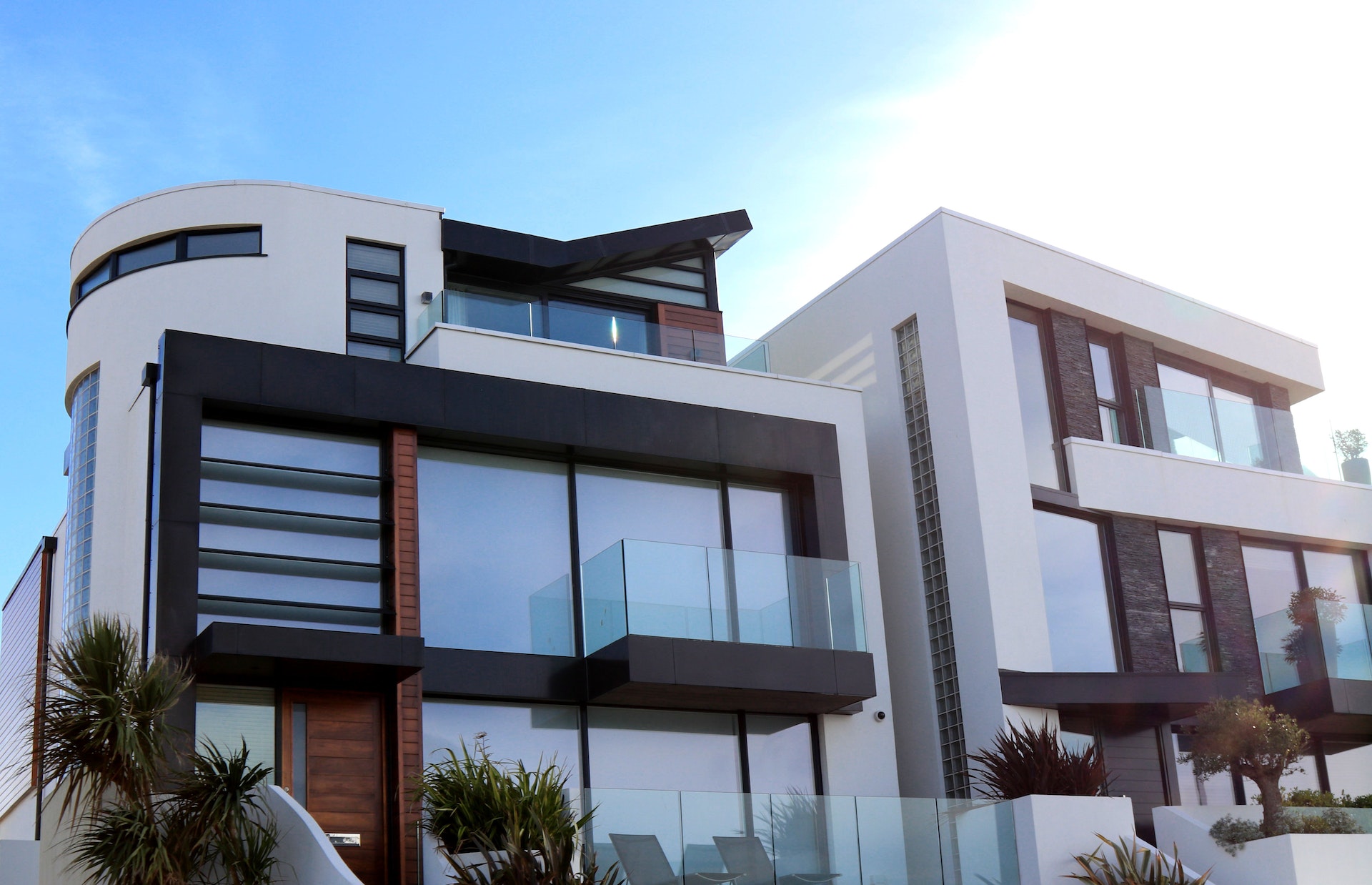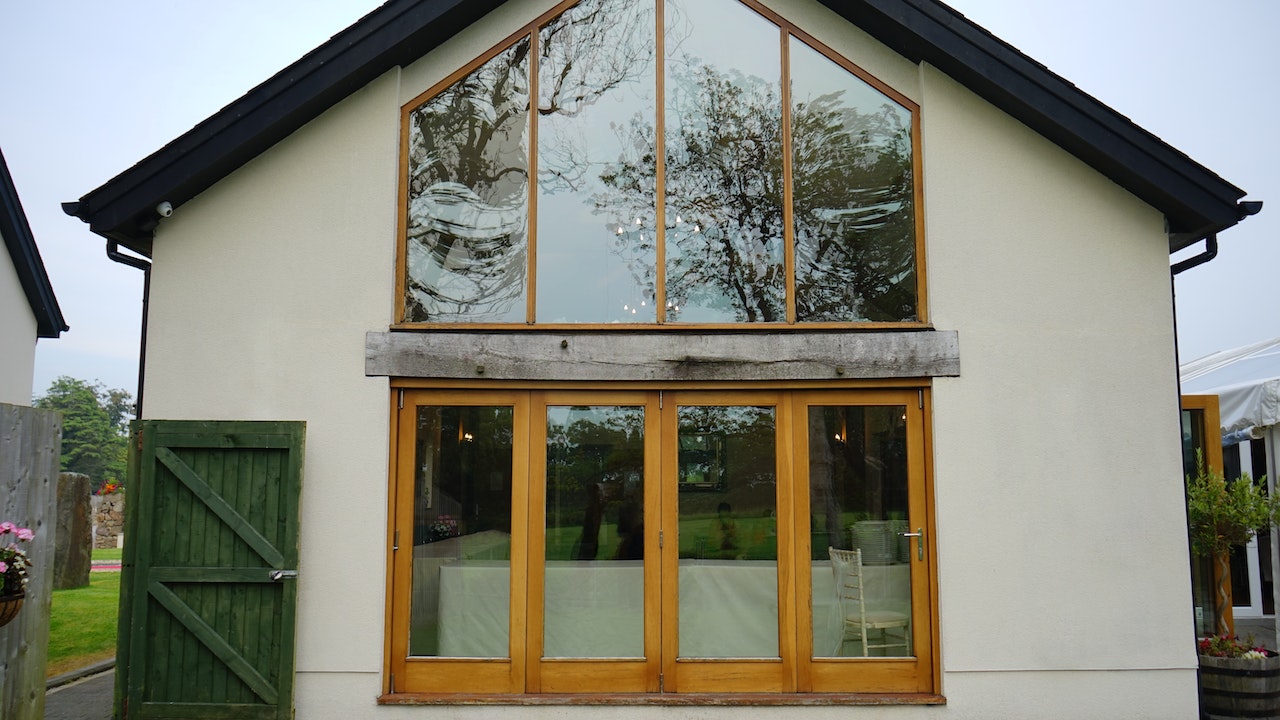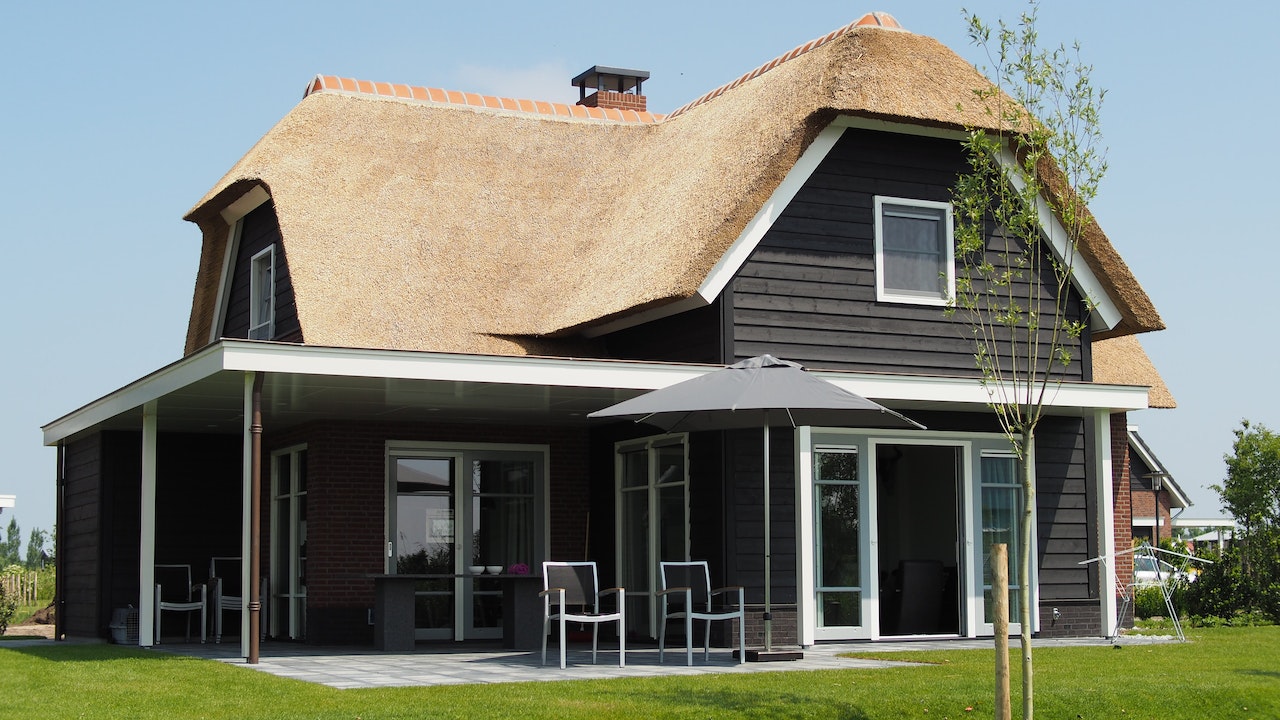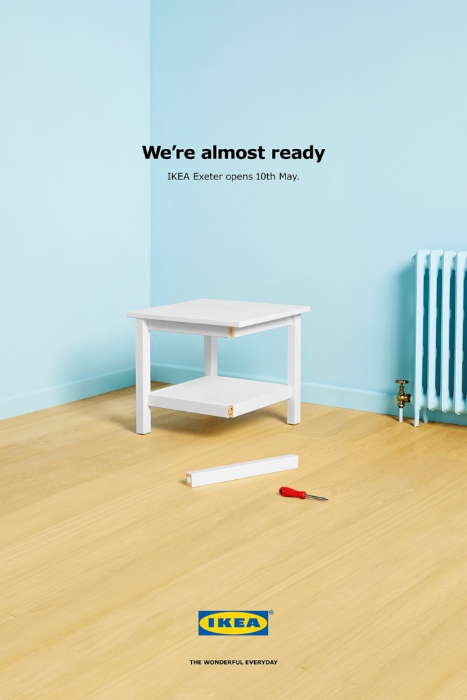Designing With Nature: Exploring Sustainable Global Home Design Trends

Are you tired of cookie-cutter houses that seem to disregard the natural beauty surrounding them? Do you dream of a home that seamlessly integrates with its environment while still maintaining modern comfort and style? Look no further. We will take you on a journey through the world of sustainable global home design trends. From eco-friendly materials to ingenious architectural solutions, get ready to be inspired by nature’s incredible designs and discover how you can create an oasis that harmoniously coexists with the planet.

Passive House Design
Passive House, also known as Passivhaus, is an energy-efficient building standard that originated in Germany and has gained global recognition. The key principle behind Passive House design is achieving exceptional energy efficiency through a combination of high-quality insulation, airtight construction, and energy recovery ventilation. By minimizing heat loss and heat gain, Passive House homes maintain a stable and comfortable indoor temperature year-round, significantly reducing energy consumption. This design trend that is found in sites like tc.de emphasizes the use of natural and renewable energy sources, making it a sustainable choice for homeowners who prioritize energy efficiency and comfort.
Biophilic Design
Biophilic design is a sustainable trend that incorporates nature and natural elements into interior and exterior spaces. This design approach recognizes the inherent human connection to nature and seeks to create environments that promote well-being and harmony. Incorporating elements such as natural light, indoor plants, green walls, and natural materials like wood and stone, biophilic design enhances indoor air quality and encourages a healthier, more balanced lifestyle. It not only contributes to sustainability by reducing the need for artificial lighting and enhancing natural ventilation but also fosters a sense of tranquility and connection to the natural world.
Net-Zero Energy Homes
Net-zero energy homes are designed to produce as much energy as they consume over a year. Achieving net-zero energy status typically involves a combination of energy-efficient design, renewable energy systems (such as solar panels), and advanced insulation techniques. This sustainable trend not only reduces the carbon footprint of your home but also results in substantial energy cost savings over time. Net-zero energy homes have gained traction globally as homeowners increasingly recognize the long-term financial and environmental benefits of producing their energy.
Adaptive Reuse and Upcycling
In an effort to minimize waste and reduce the environmental impact of construction, adaptive reuse and upcycling have become prominent trends in sustainable home design. Adaptive reuse involves repurposing existing structures or materials for a new purpose, while upcycling refers to the process of transforming discarded or salvaged materials into something of higher quality or value. These design trends not only contribute to sustainability by reducing construction-related waste but also offer a unique and often visually appealing aesthetic. Examples include using reclaimed wood for flooring, repurposing shipping containers as living spaces, or converting industrial buildings into stylish loft apartments. The creative potential of adaptive reuse and upcycling is limitless, making it a trend that appeals to both environmentalists and design enthusiasts.

Water-Efficient Design
As water scarcity becomes a pressing global issue, water-efficient home design has gained prominence. This trend focuses on reducing water consumption through the use of innovative fixtures, rainwater harvesting systems, and drought-resistant landscaping. Water-efficient design not only conserves a precious resource but also reduces the energy required for water heating and treatment. Incorporating features like low-flow toilets, rain gardens, and permeable paving can significantly decrease water usage while contributing to a sustainable home environment.
Sustainable global home design trends are reshaping the way we think about our living spaces. By embracing these trends, you can create a home that not only reduces its environmental impact but also provides a more comfortable and healthier living environment for you and your family.…


